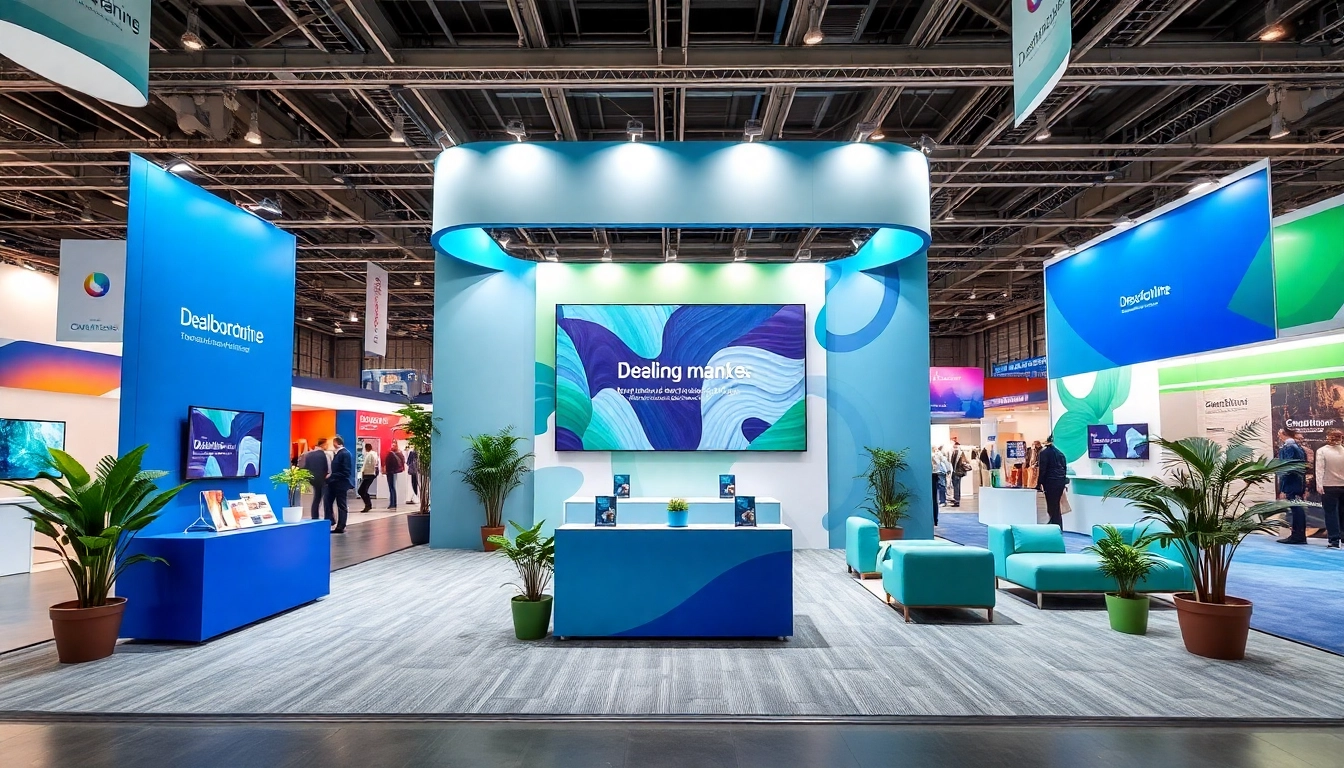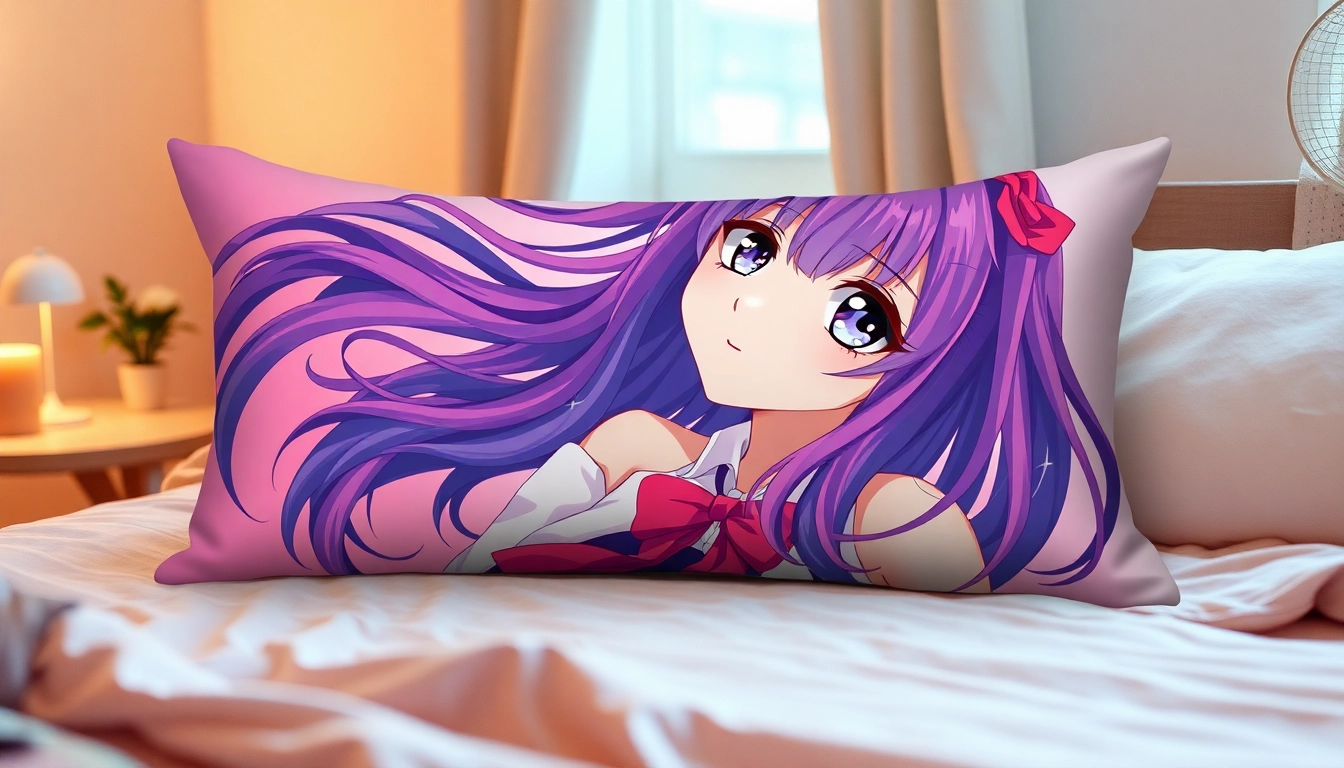The Importance of Choosing the Right Exhibition Stand Designers UK
When participating in trade shows and events, businesses often encounter a high level of competition. One key factor that significantly influences success at these events is the design and effectiveness of an exhibition stand. An engaging and innovative exhibition stand can draw in potential customers, enhance brand recognition, and create memorable experiences. Therefore, selecting the right exhibition stand designers uk becomes essential for any business looking to make a lasting impact.
How Exhibition Stands Impact Brand Visibility
The first impression is often the most lasting, particularly in the context of exhibitions. A well-designed exhibition stand can elevate a brand’s visibility and reputation. It serves as a physical representation of your brand’s identity and values. Effective stand design harnesses visual elements—such as color, layout, and materials—to draw attention and create a welcoming atmosphere. This not only attracts foot traffic but also encourages potential clients to engage with your products or services.
Research indicates that participants are more likely to remember a compelling stand long after the event concludes. For instance, brands that incorporate interactive technology such as augmented reality (AR) or virtual reality (VR) into their stands often see significantly enhanced engagement rates. Moreover, the strategic use of promotional materials and branded merchandise can reinforce brand messaging, keeping your business top of mind amongst attendees.
Common Misconceptions about Exhibition Stand Design
Many businesses hold misconceptions regarding exhibition stand design that can hinder their success. One prevalent myth is that bigger is always better; however, size does not guarantee success. Instead, a well-thought-out design that prioritizes functionality and visitor interaction can be far more effective, regardless of size. Additionally, some believe that exhibition stands only need to look good without considering the practical aspects of layout, accessibility, and flow. A balance of aesthetics and functionality is crucial.
Another common misconception is the assumption that hiring professional exhibition designers is an unnecessary expense. In reality, the investment often pays off through increased leads and conversions. Experienced designers understand how to tailor the stand to align with the brand’s goals and the intended audience, leading to more impactful results.
Identifying Your Unique Needs for Event Success
Before beginning the design process, it’s essential to identify your unique needs for event success. Consider the primary objectives of your exhibition. Are you aiming to raise brand awareness, generate leads, foster partnerships, or launch a new product? Each goal will influence your design choices. You should also consider your target audience’s demographics and preferences to create a stand that resonates.
Additionally, evaluating the event’s theme and layout can aid in tailoring the stand to fit seamlessly within the surroundings. Collaborating with experienced exhibition designers who understand these nuances is key to shaping a strategy that aligns with your brand’s vision and goals.
Key Features to Look for in Exhibition Stand Designers UK
Essential Qualities of Top Exhibition Stand Designers
Choosing the right exhibition stand designers requires a thorough assessment of their qualifications and capabilities. Top designers exhibit certain essential qualities, including creativity, experience, and a strong portfolio of previous work. While creativity is critical for developing unique concepts, experience is invaluable for navigating the complexities involved in exhibition logistics and event management.
Another crucial quality is communication. Your designers should be able to translate your ideas and objectives into tangible designs. They should take the time to understand your brand’s ethos and convey that through the stand. Furthermore, top designers demonstrate a robust understanding of exhibit mechanics, ensuring that ideas are not just visually striking but also strategically sound and feasible.
Understanding Different Design Styles and Their Benefits
Exhibition stand design styles vary widely, each offering unique benefits. Understanding these can help you select a style that aligns with your brand and goals. Bespoke designs cater to specific needs and can encapsulate a brand’s identity uniquely. Conversely, modular stands offer flexibility and scalability, allowing for adjustments for different events.
Interactive designs often enhance attendee engagement and create memorable experiences, making them particularly effective at trade shows. These stands encourage visitors to participate and interact with products or digital content, thus driving greater interest. Alternatively, traditional stands focus on classic aesthetics and branding elements, which can be effective for established brands that do not require flashy gimmicks.
How to Assess Previous Work and Client Portfolios
When evaluating potential exhibition stand designers, reviewing their previous work is crucial. Look for a diverse portfolio that showcases a range of projects similar to what you envision. Pay attention to the creativity and functionality of each project, and consider client testimonials or case studies that highlight their effectiveness.
Furthermore, inquire about their involvement in previous exhibitions, and assess how they adapted to different themes or constraints. Top designers should be able to demonstrate a history of successful collaborations and tangible results that align with their clients’ goals.
Best Practices When Working with Exhibition Stand Designers UK
Collaborative Design Processes: Getting Creative Together
A collaborative approach to the design process fosters creativity and innovation. Engaging in collaborative sessions allows for brainstorming and idea-sharing which can result in groundbreaking concepts. Regular check-ins and feedback sessions between your team and the designers ensure that the emerging design stays aligned with your vision and objectives.
Consider using visual aids such as mood boards and sketches during discussions. These tools can help convey ideas and preferences more effectively than words alone. Keeping the lines of communication open throughout the process leads to a more refined final product that can effectively achieve your goals.
Setting Realistic Budgets and Timelines for Success
Establishing a realistic budget and timeline is critical to the success of your exhibition stand project. Be clear about your financial parameters from the beginning, as this will influence various design decisions. Discuss all potential costs with your designer, including construction, materials, and promotional elements.
Additionally, a well-laid-out timeline facilitates efficient workflow and coordination. Delays can lead to rushed decisions and subpar quality, so outline clear milestones and deadlines for all stages of the design process. This proactive approach ensures that the project stays on track and within budget.
Communicating Your Vision Effectively
Effective communication of your vision is vital when collaborating with exhibition stand designers. Share your goals, aesthetic preferences, and any special requirements upfront. Utilize detailed briefs and mood boards to articulate your ideas and expectations. Encourage open dialogue and provide constructive feedback throughout the design process.
Moreover, it’s essential to stay open to professional suggestions. Designers bring expertise and experience, which can enhance your original vision. By fostering a dynamic exchange of ideas, your stand can evolve into an innovative and effective showcase of your brand.
Case Studies: Successful Exhibition Stand Designs in the UK
Innovative Stand Designs that Captivated Attendees
Examining successful case studies provides valuable insights into what constitutes an effective exhibition stand. For instance, one notable case involved a tech company that utilized augmented reality experiences to engage visitors. Their stand combined modern design with interactive elements, allowing attendees to experience products in an immersive way, which resulted in a significant increase in qualified leads.
Another successful example is a sustainable products company that focused on eco-friendly materials and design. By showcasing their commitment to sustainability through their stand design, they attracted a niche audience passionate about green initiatives. This strategic alignment between their brand values and stand design led to increased brand loyalty and recognition.
Lessons Learned from Successful Exhibitors
Successful exhibitors often emphasize the importance of preparation. One key takeaway from various case studies is the need to thoroughly research the event, including attendee demographics, competitor presentations, and venue layout. This information enables exhibitors to strategically design their stands for maximum impact.
Additionally, exhibitors learned that follow-up is crucial post-event; capturing leads and nurturing relationships can convert initial interest into lasting business opportunities. Successful stands often embed methods for lead capture at the exhibit stage to facilitate this process.
How Design Influences Audience Interaction
The design of an exhibition stand plays a fundamental role in how attendees interact with it. Designs that create an inviting atmosphere—through open layouts and engaging visuals—often result in higher foot traffic. Studies show that incorporating interactive elements, such as touchscreens or live demos, can significantly enhance participation and interest among attendees.
Moreover, the use of sensory elements—like color psychology, scent marketing, and tactile experiences—can further influence engagement levels. Designers who understand these principles can create an inviting environment that encourages deeper connections and conversations.
Future Trends in Exhibition Stand Design for 2024
Emerging Technologies in Exhibition Stand Designs
As we look toward 2024, emerging technologies are set to revolutionize exhibition stand designs. Artificial Intelligence (AI) and machine learning are being increasingly integrated into design processes, allowing for personalized experiences based on attendee data. For example, AI-driven analytics can adapt interactions via touchscreen interfaces, improving engagement based on visitor behavior tracked throughout the event.
Moreover, the introduction of holographic displays and interactive kiosks serves to captivate modern audiences, creating memorable experiences that traditional methods cannot match. Innovations in materials, such as lightweight and sustainable composites, also pave the way for more mobile and eco-friendly stands.
How Sustainability is Shaping the Future of Stand Design
Following a global shift toward sustainability, the exhibition industry is also adapting. In 2024, we anticipate an increase in the use of sustainable materials, recycling programs, and energy-efficient technologies in stand design. Brands that prioritize eco-friendliness in their designs not only contribute to environmental efforts but also resonate with a growing segment of consumers who value sustainability in their purchasing decisions.
Exhibition stands that incorporate green technologies—such as LED lighting and modular designs that reduce waste—will likely see higher engagement as attendees seek brands that align with their values.
Adapting to Hybrid Events and Virtual Presence
The rise of hybrid events has introduced new dimensions to exhibition stand design. As businesses navigate in-person and virtual participation, designing stands that facilitate both experiences concurrently will be crucial. This shift requires incorporating technology to blend physical presence with digital engagement, allowing remote attendees to interact with the exhibition stand through live feeds or virtual tours.
Designers must also consider how physical design elements can enhance the virtual experience, creating stand designs that are visually impactful both in person and online. This includes optimizing backgrounds for video calls and creating cohesive branding across both platforms.



